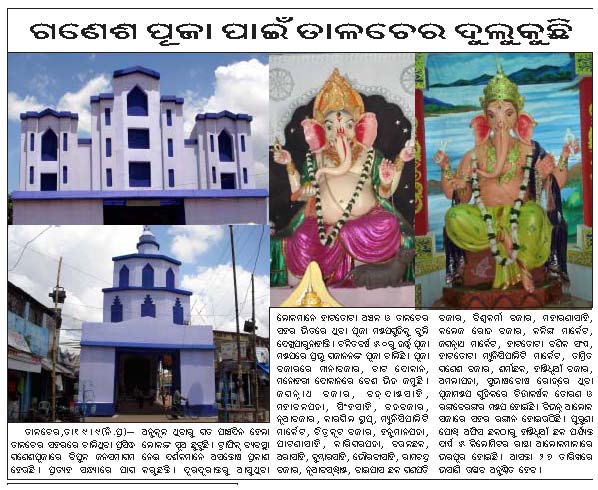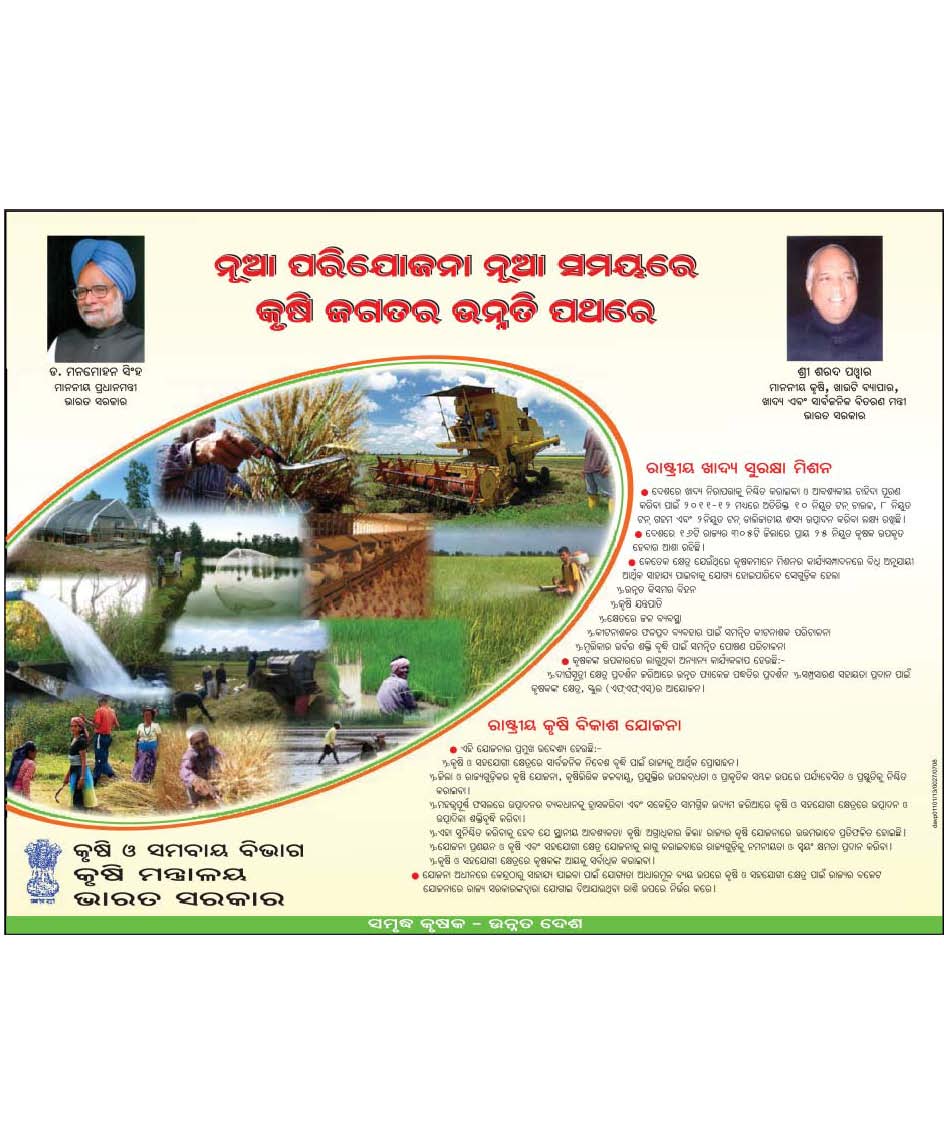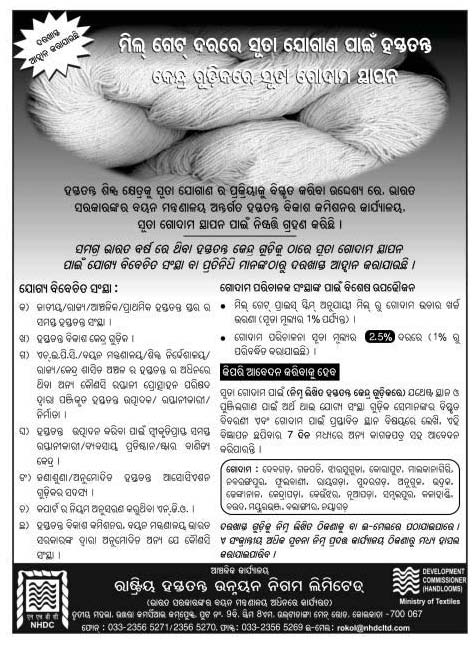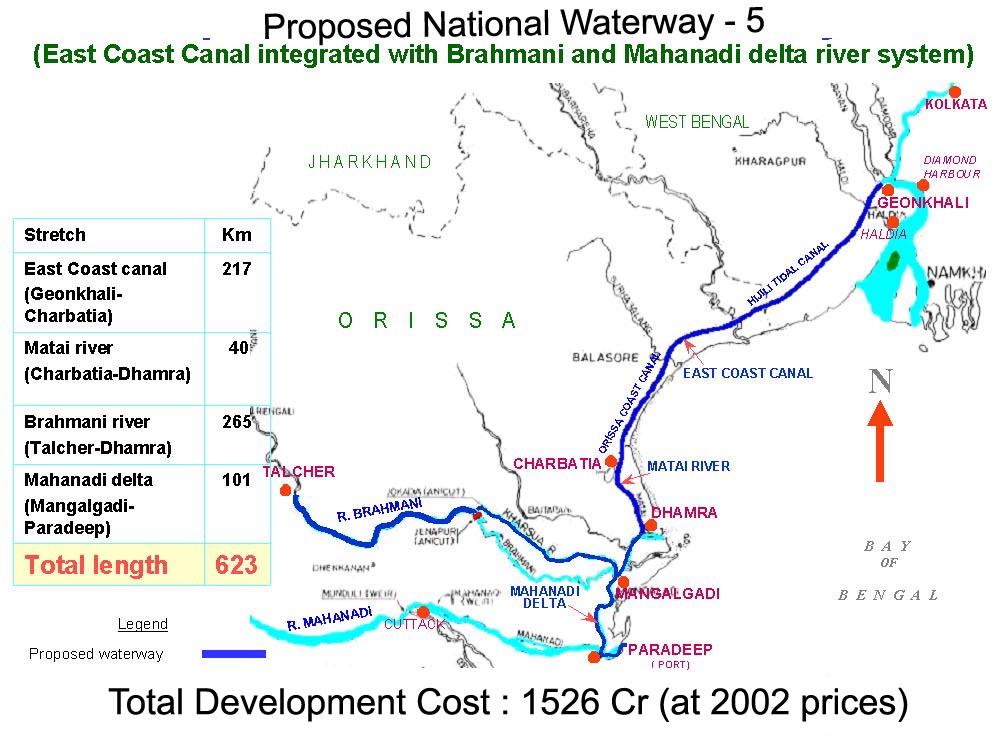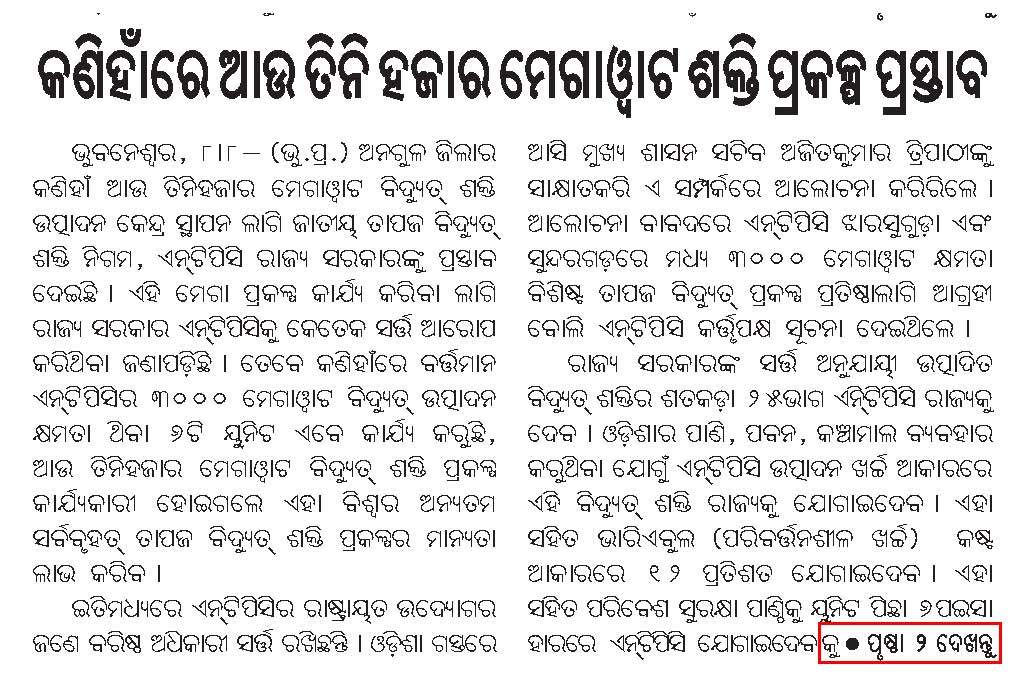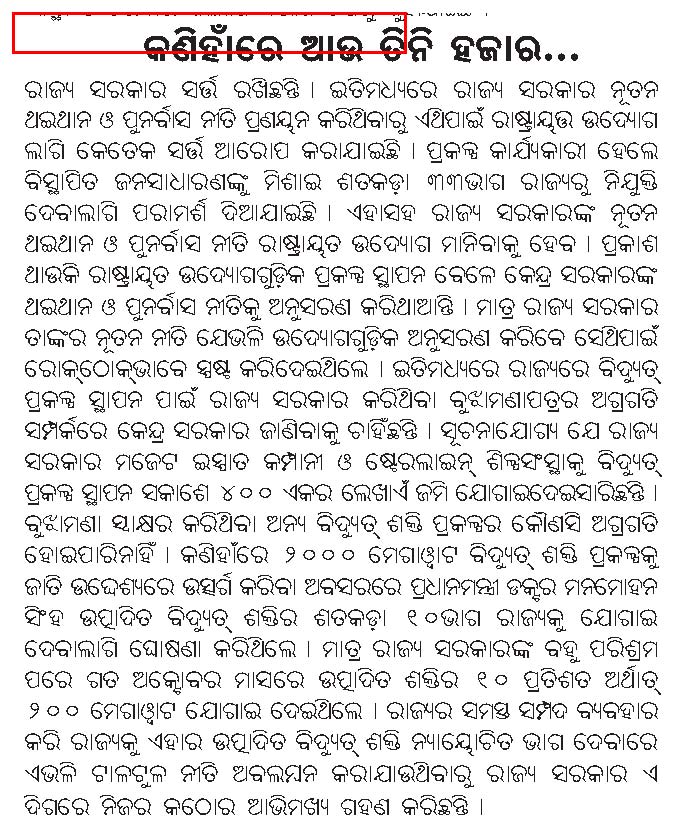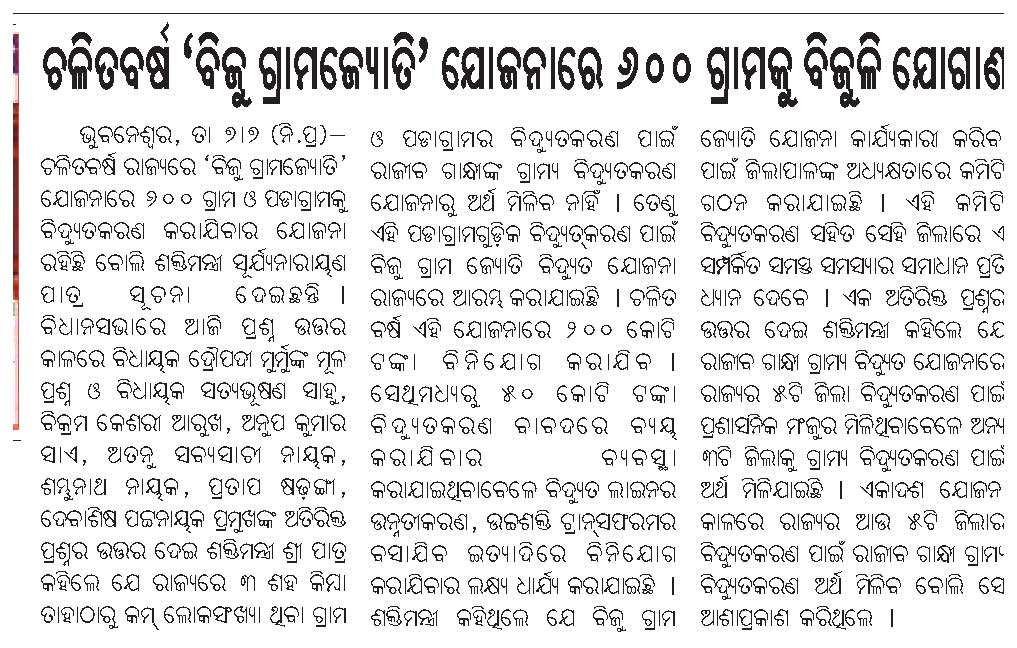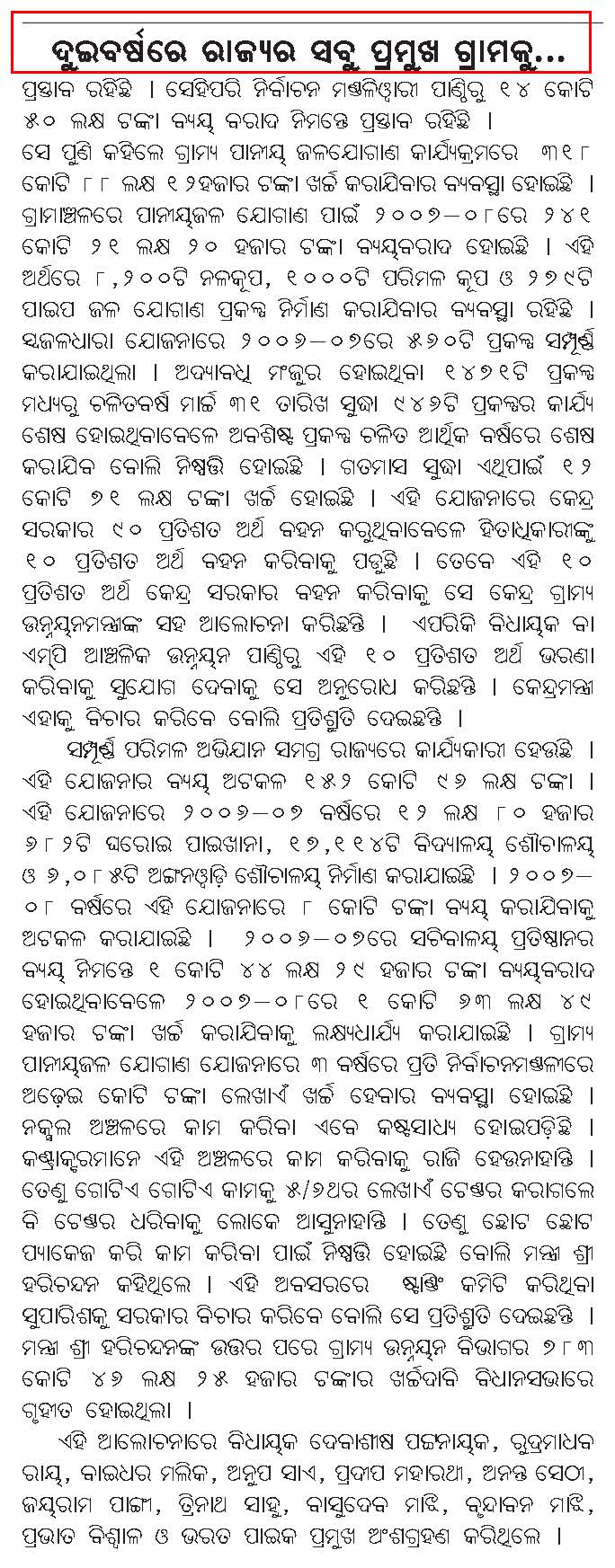Following are excerpts from an article in Pioneer written by Susim C Sahani.
Susim C Sahani | Sundargarh
Despite decade-old debates and agitations, the most sought-after Bimlagarh-Talcher rail link is still a distant dream for this tribal-dominated district. However, if the railway project sees the light of the day, it can help reduce the distance between Bhubaneswar and Rourkela from 180 km to 150 km besides providing the most viable transport links to the potential mines zone in the district to the port in Paradip.
The rail-link project has been eluding the locals here since 1955. With the inception of Rourkela Steel Plant, a 75-km-long rail route was set up linking Rourkela to Barsuan for the iron ore mines in Bonaigarh sub-division. The tribals, inhabiting the villages all along this rail route, have been deprived of passenger train facilities although the iron-loaded goods trains have stoppages at stations like Roxy and Bimlagarh. In what seems to be an imitation of a common sight in Bihar and Jharkhand, the tribals here too board the iron-ore loaded wagons of the freight trains. If the goods train tragedy a year-and-half ago that killed over 20 persons on this route, including an eight-year-old tribal boy, is any indication, then tribals travelling this way is likely to cause more fatal accidents in the coming days.
Sources said the Hindustan Steel Limited (HSL), now rechristened as Steel Authority of India (SAIL), in collaboration with Germany, had conducted an aerial survey for the Rourkela Steel Plant and the German experts then had strongly recommended the Bimlagarh-Talcher rail-link project, linking Rourkela with Paradip Port via Talcher. The rail-route was also expected to make mineral transportation more economical by direct rail links to the key mining zones of the State with Paradip Port and to the mines of Ranchi and Bokaro.
Unfortunately, due to the feeble leadership in Orissa, former Prime Minister Jawaharlal Nehru could not be convinced about the utility of such a promising project. …
